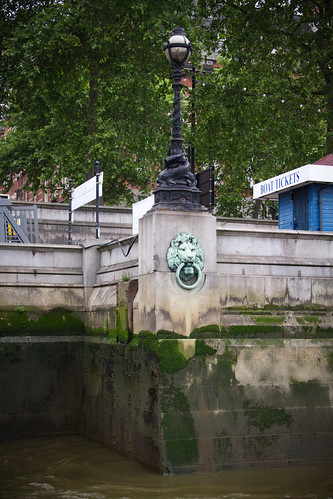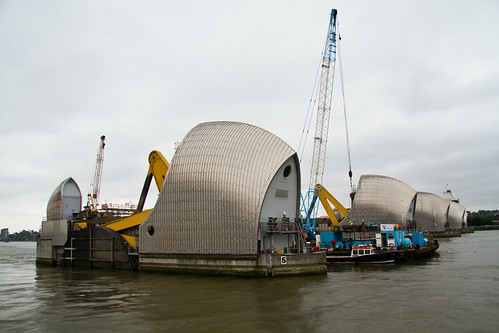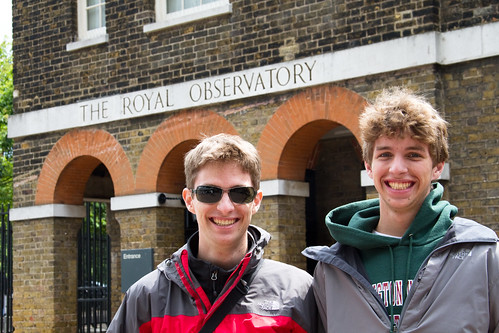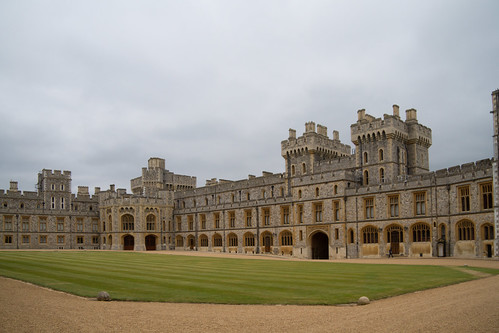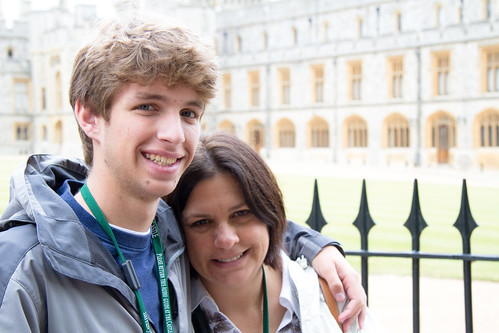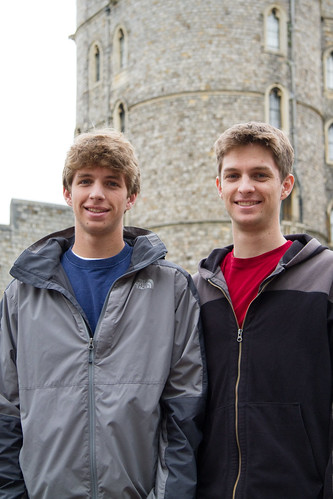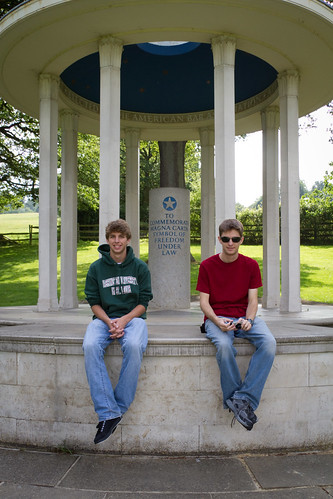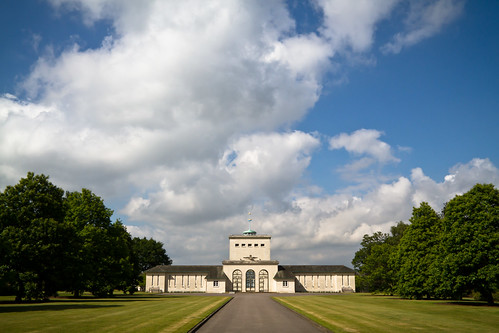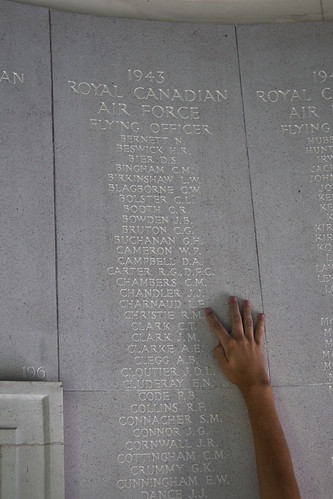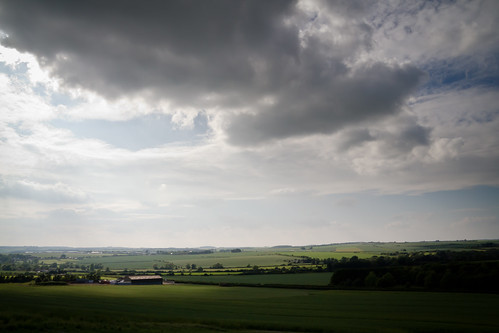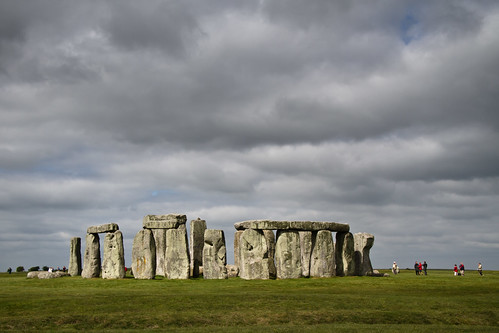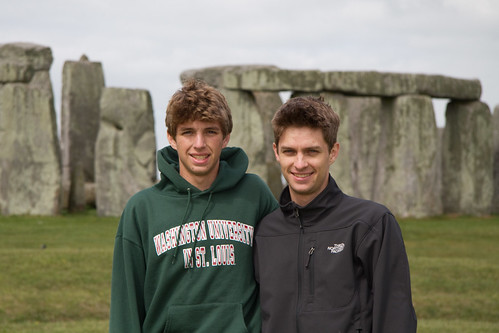Thursday kicked off with a boat tour of the Thames from London to the Thames Barrier with a stop in Greenwich. Though it feels now as if the river banks are primarily high end housing and shopping, the water’s edge in London began as a shipping port for Ancient Rome and kept its Maritime focus of shipping, wharfs and ship building until the last few decades. In fact, the word “wharf” began as WareHouse Along River Front.
London has always been susceptible to flooding by the tides in the English Channel which affect the level of the Thames by up to seven meters. The decorative lion heads along the river walls were places for ships to tie up, but also acted as a water level warning to the citizens, “When the lions drink, London’s in danger.”
To protect the city now, they have built the Thames Barrier – an enormous moveable dam downriver that can be closed during unusually high tides to keep the city from flooding. Since its construction in the 1980s, it has been used over 180 times to protect the city, with annual usage increasing. The Barrier was the farthest point on our boat tour and an impressive sight to see.
Greenwich was our only stop along the tour. We spent a couple hours at the original Royal Observatory: the defining point of the Prime Meridian (0 degrees longitude) and the longtime home of World Time, the standard time to which the rest of the world synchronizes.
The museum and tour explain the King’s original goal of setting up the observatory to collect astronomical data to aid navigation. It explains sextant navigation and the importance of accurate star data to calculate your longitude, and the necessity of an accurate sea-going clock to synchronize your observations with star data created elsewhere on earth. That ‘elsewhere’ was Greenwich, and thus it became defined as the Prime Meridian. The development of an accurate sea-going clock was so important that the government set up a 20,000 Pound prize for anyone who could build one. John Harrison claimed the prize in the 1760s after 40 years of clock development – the museum has versions I through IV (the winning clock) on display, along with many other attempts. We spent quite a while studying the various mechanisms to understand the maker’s design for overcoming the rolling of the ship that would keep a common pendulum from working properly. The museum also houses many of the clocks that for hundreds of years kept the official World Time, until the now-official atomic clock was developed.
Given that Greenwich is a rather geeky stop, and one that I assumed would only be of interest to someone at least familiar with Greenwich Mean Time, I was rather surprised to hear one of our boating companions exclaim as he exited the boat back in London, “I wonder why it feels warmer in London than it did in Green Which?”

Speaking of green witches, after some R&R time we cleaned up and headed to London’s Theater District for dinner and a play. We had a nice Italian meal before going to the Apollo Victoria Theater to see “Wicked.” Sarah had seen the play in SF, and thought the London version was not as funny but musically better.
We said goodbye to London today and, being fearful of driving on the left side of the road in London, took a taxi to Heathrow airport to pick up a rental car.
From there it was a short 10 mile drive to our first stop: Windsor Castle. Or it should have been a short 10 mile drive; our GPS was configured to show north-always-up rather than what I’m used to, which is forward-always-up. By the time that confusion was cleared up I had driven another 10 miles out of our way, and in an effort to not insult those in cars near us, spoke ever so eloquently in what I’m told is French.
On to Windsor! The Queen was not in residence this weekend – I suppose she was wagering on the ponies at Ascot – so we took the audio tour instead.
The next stop was in Runnymede, where the original Magna Carta was signed by King John of England in 1215. The document is considered the founding document of constitutional law, and the American Bar Association has erected a monument on the site to commemorate it.
On top of the hill overlooking Runnymede is the Royal Air Forces Memorial, where 20,000 members of the Commonwealth Air Forces are remembered. These are airmen who lost their lives over the British Isles and Europe in WWII and have no known graves. We stopped there to see the listing of Sarah’s first cousin once removed, Laurence E. Charnaud, who was shot down over the North Sea.
An hour and a half later we arrived at our hotel in Salisbury. Tomorrow we’ll tour locally.
I really don’t get English breakfasts. In London we were pretty smart after the first day and either ate in our apartment or had pastries and coffee across the street. Today we had the hotel breakfast in the dining room – oops. Things look familiar, but taste very strange. Perhaps we’ll learn this time.
We chose to stay in Salisbury since it was close to Stonehenge and has a beautiful cathedral with an original copy of the Magna Carta. Today’s first stop: Stonehenge.
Stonehenge stands amid green rolling hills with roads on two sides, and they’ve done a very nice job of hiding signs of civilization. The visitor center is across the road and down the hill, accessed by an underground tunnel so it isn’t visible from the site. There is a paved pathway around the stones, and a small rope to tell you not to enter closer. It would be nice to walk amongst the stones, but given the amount of traffic it sees I can understand the reason they limit it.
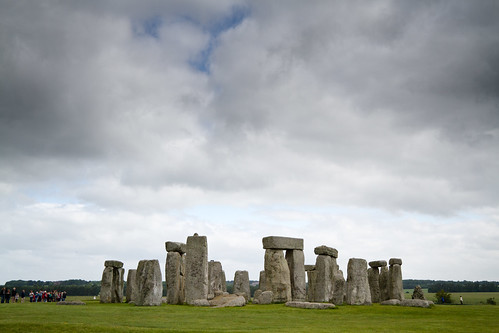
We had mostly flat lighting all day, but you can get a sense of scale from the people along the left.
Given the flat lighting conditions we had I’m pretty happy with how the pictures came out. I experimented with some stereo pairs, one of which is below:
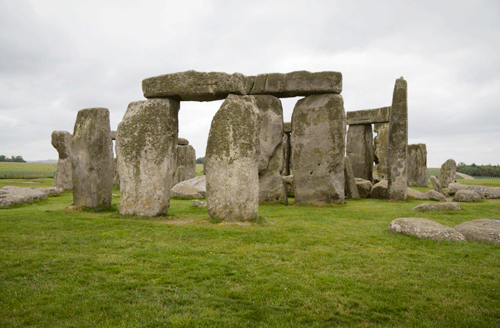
Stonehenge 'wigglegram' - ooh ooh, 3D! The distance between the images makes it appear smaller that it really is.
Next stop: the English Channel…



